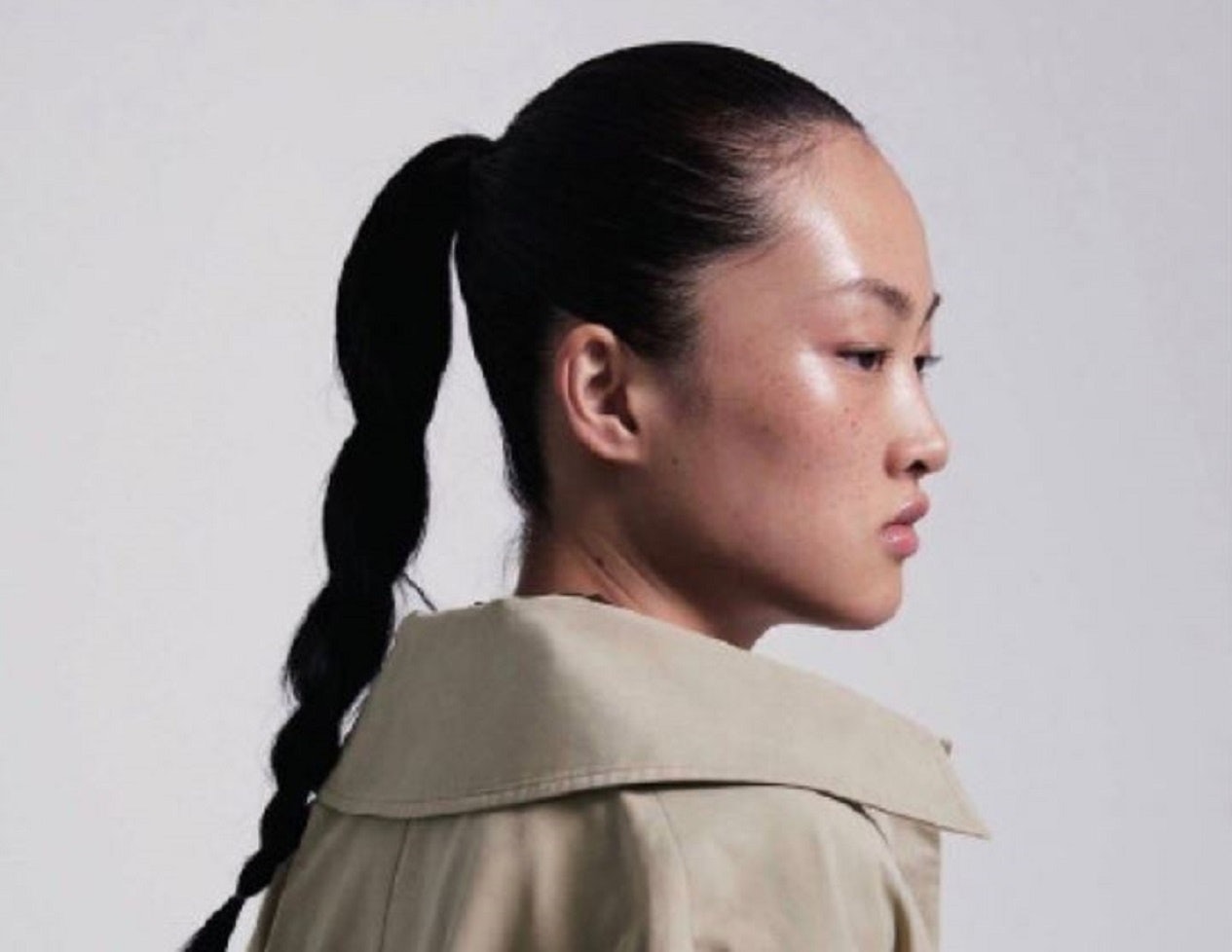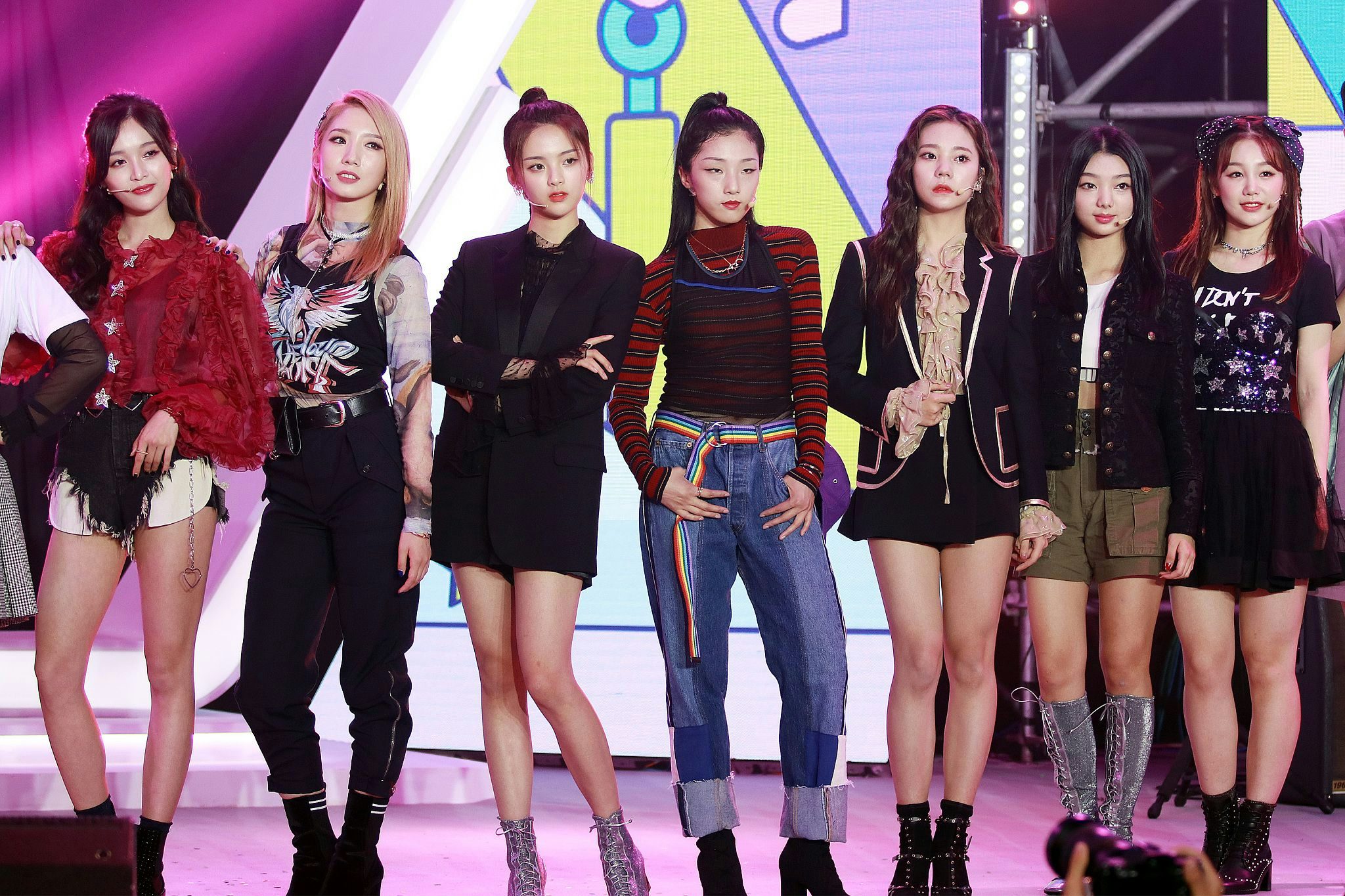Marketing in China is about more than just understanding the culture, both traditional and modern. There’s a whole range of aesthetic preferences that affect how consumers in China view everything a brand does — from the surroundings it uses in an advertising campaign to the models it hires.
What many in the West consider beautiful is not necessarily beautiful by Chinese standards, and that difference can affect what those consumers think about a brand. Chinese beauty standards have, in fact, remained rather rigid over the years, and brands that deviate from the perceived norms in that country may generate a larger discussion than was intended.
Spain-based retailer Zara recently stirred up an unexpected social media discussion after it used 25-year-old Chinese model Li Jingwen (who goes by the name Jing Wen) in their lipstick ad campaign. The debate about her appearance in the campaign hinged on the fact that she has freckles, which aren’t considered beautiful in China. Li herself seems to understand this cultural position, as she stated in a 2016 Vogue interview that “when I was little, I really hated [my freckles] because normally Asians don’t have them.” And yet, despite this consensus perception in China, models.com named Jing Wen a Top 50 model in the fashion industry in 2017.
Li’s appearance in the campaign generated a mostly negative response on the Chinese social media platform Weibo, yet there were some users who defended the company for using a model who isn’t considered beautiful by traditional Chinese standards and for refusing to cover up or airbrush out her freckles for the mainland China market. Based on the comments, it appears that more Chinese consumers are now accepting of different appearances and body types than in the past — a change that might benefit Zara and the whole the fashion industry in the long term.
To their credit, the brand did state that they chose Li for a global market and not just for China. In an interview posted to the Chinese platform Pear Video, a Zara spokesperson said that “the aesthetics of the Spanish people are different,” also adding that "our models are all photographed purely, the pictures aren't changed, and they're not modified."
Brands may not intentionally challenge the standards of Chinese beauty, but they are likely to sometimes choose models who don’t fit into that country’s set standards. It’s a risk for brands, but one that may be worth taking, since greater diversity in China greatly aligns with the next generation of consumers who yearn to showcase their individuality via their product choices.

